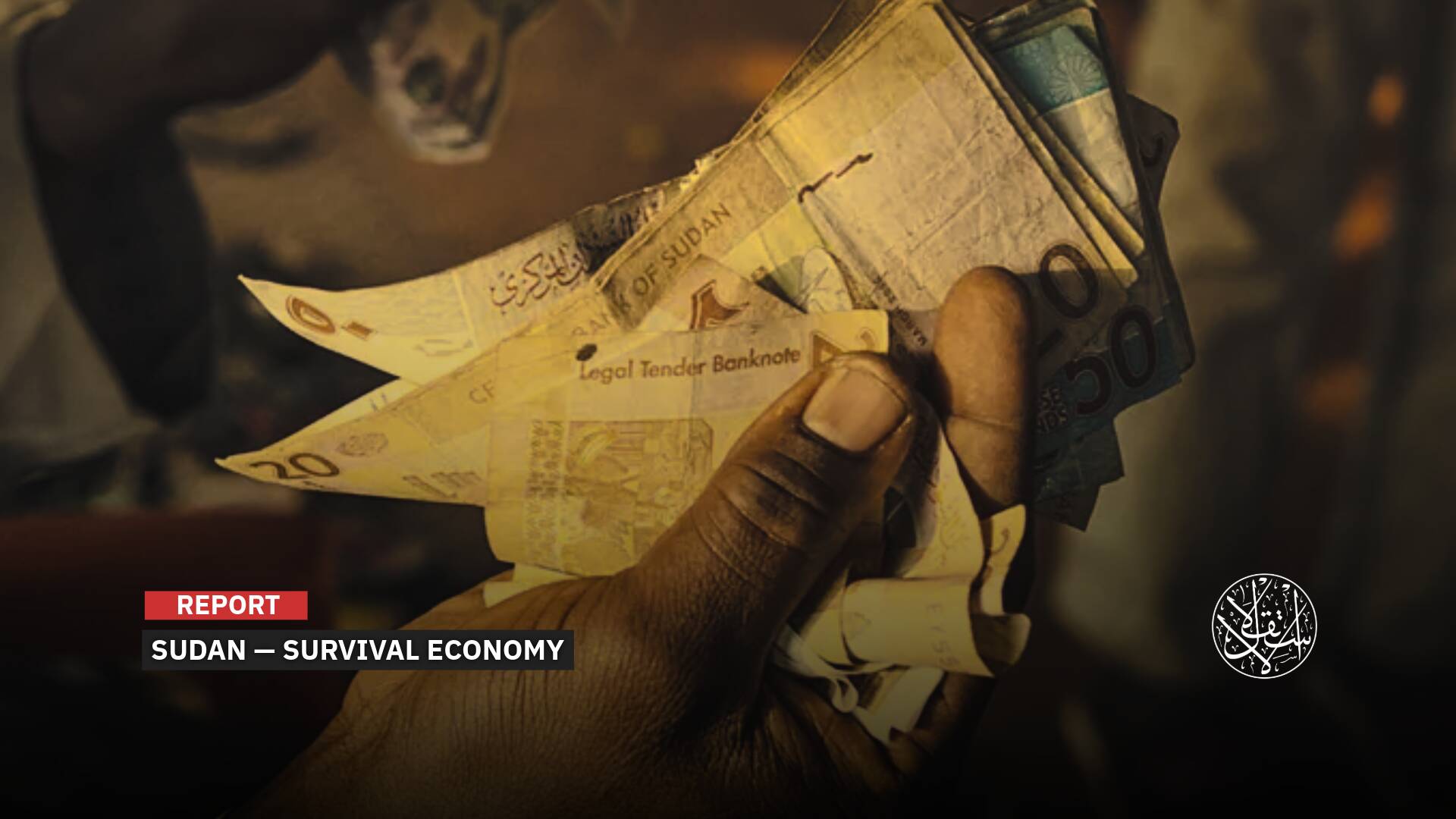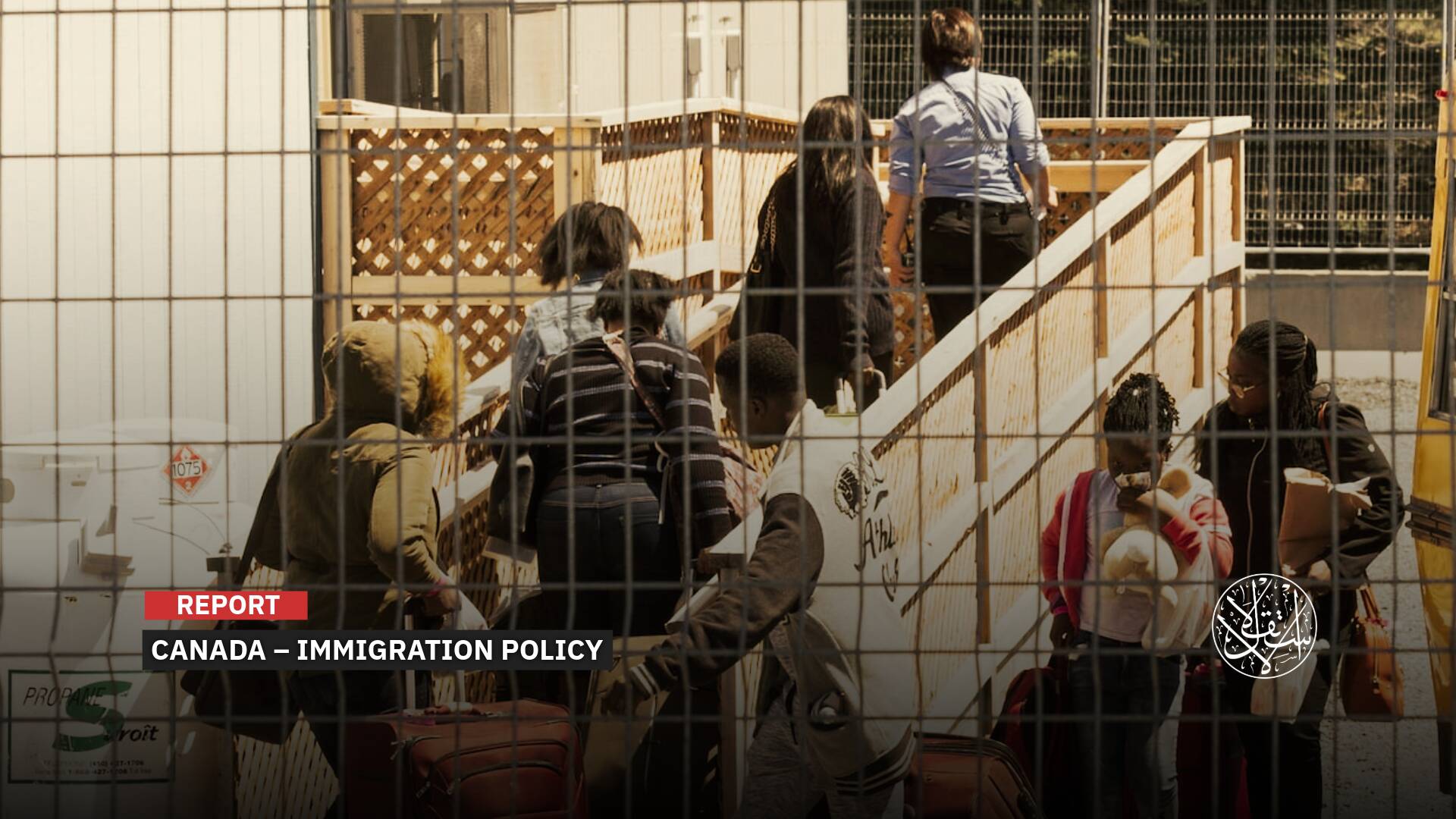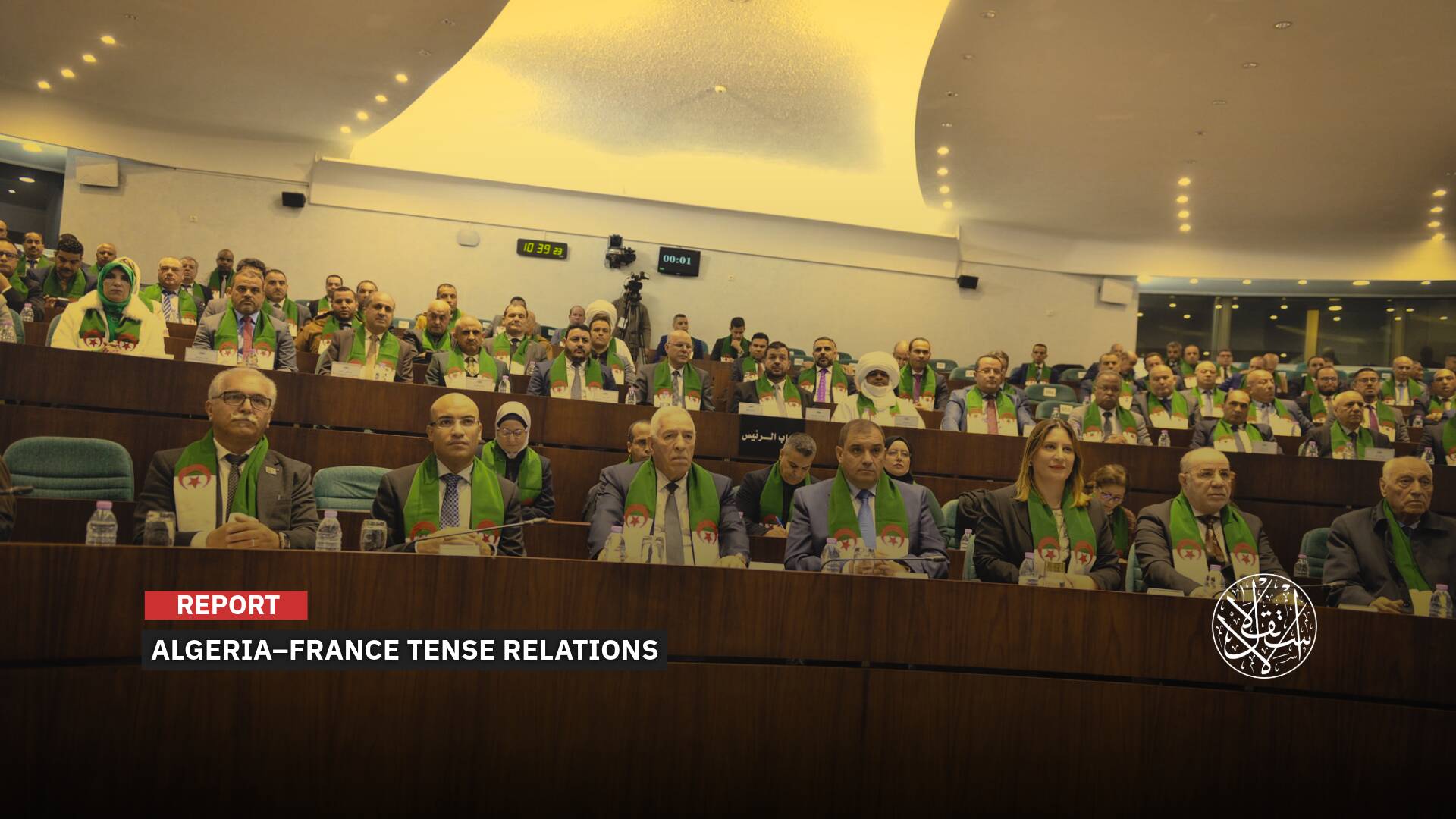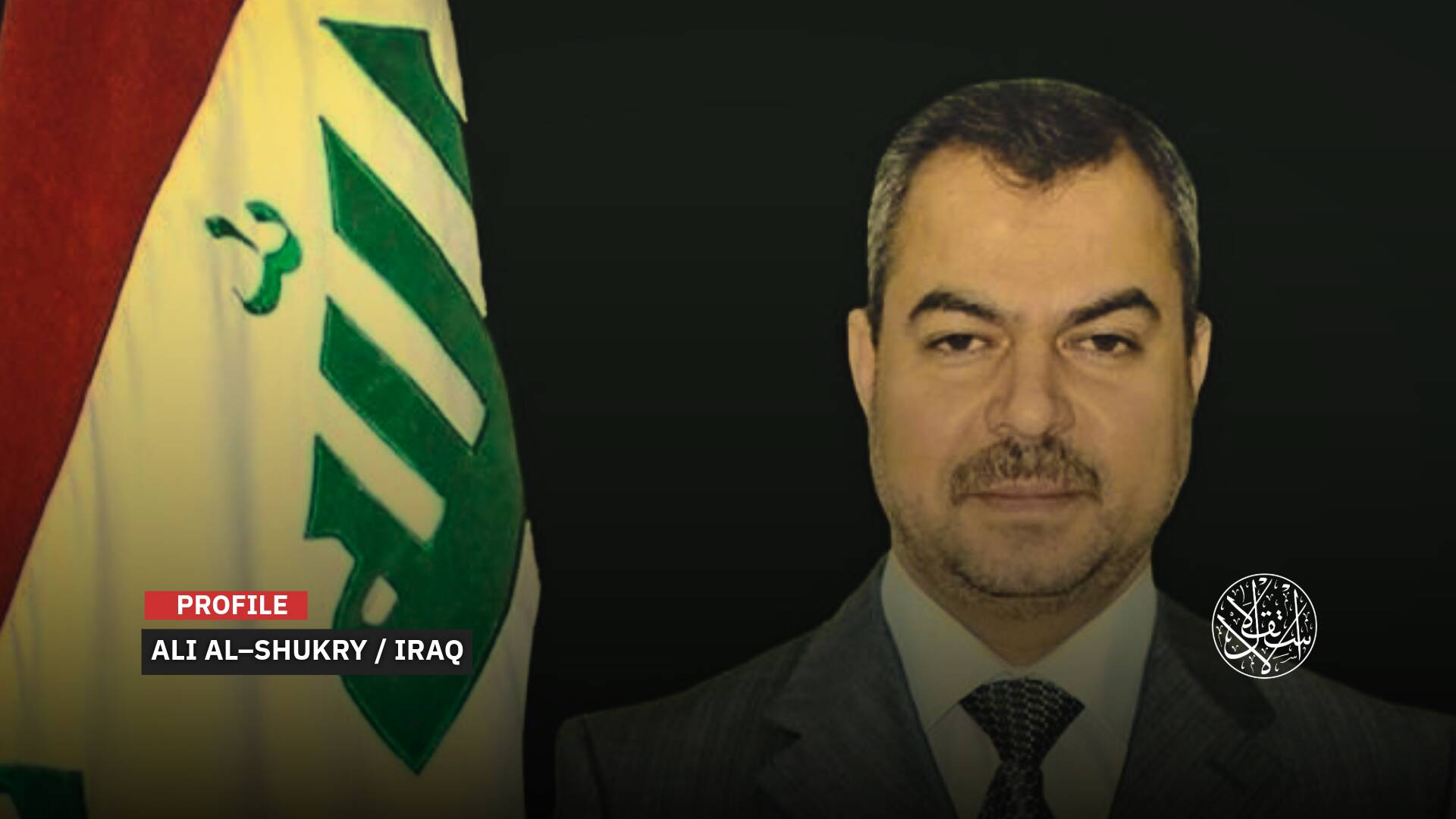What Is the Truth About the Disappearance of 5,000 Migrant Children in Austria During 2021?

The suspicious disappearance of thousands of children sparked widespread controversy in Austria, and the government, in turn, expressed its concerns after information that nearly 5,000 children had applied for asylum on its territory.
An investigation published in April 2021 counted the disappearance of about 18,292 unaccompanied migrant children, after arriving in European countries between 2018-2020.
These figures raise serious questions about the ability or willingness of European countries (particularly Austria) to protect unaccompanied migrant children.
Unaccompanied Minors
With the continuation of waves of immigration towards Europe, a shocking report issued by the Austrian government revealed that about 4,898 children who applied for asylum in 2021 disappeared without the company of their families, according to what was published by the InfoMigrants website on April 06, 2022.
“The Austrian authorities are very concerned that many of them are subjected to exploitation and human trafficking, in contrast to other information that most of them are likely to reach their families in the countries of asylum through illegal ways,” the report said.
In 2021, about 5,770 unaccompanied minors applied for asylum in Austria, most of them hail from Afghanistan (3401) and Syria (1345), but others arrived from as far afield as Somalia, Bangladesh, Pakistan, Morocco and Egypt.
In turn, Austrian Interior Minister Gerhard Karner published, during a parliament session, figures showing that the government had no knowledge of what happened to the 4,898 missing persons, which means that 78 percent of refugee children who arrived in Austria during 2021 are missing.
Lisa Wolfsegger of the NGO Asylum Coordination has launched a campaign to demand better protection for unaccompanied children.
Commenting on Minister Karner's recent statements, Wolfsegger said in a statement: “Imagine that in one year about 180 classrooms disappeared without a trace. Where did all these children go?”
She added that “the most likely answer is that a large number of children joined their relatives residing in other European countries by traveling illegally, because legal family reunification across the EU is only open to parents and siblings, distant relatives are excluded.”
“It is also possible that some of them have been victims of human trafficking. The risks to refugee children traveling alone are considered severe,” she noted.
“Every year thousands of refugee children are trafficked into Europe, including Austria,” Wolfsegger said.

According to Lisa Wolfsegger, “the root of the problem is that in Austria a guardian for unaccompanied minors is not immediately appointed. In the early stages of the asylum procedure, no one is responsible for them, and as a result children often miss important information about their rights and opportunities.”
While some find their situation so difficult that they choose to go into hiding, increasing the risks of trafficking or exploitation.
In Wolfsegger's opinion, these risks can be minimized, if guardians are appointed immediately, as is the case in other European countries.
Currently, the issue of guardianship is likely to receive more attention in Austria, given the possibility of large numbers of unaccompanied children arriving from Ukraine, according to the Austrian newspaper, The Standard.
In turn, a member of parliament for the liberal NEOS party, Stephanie Krisper, stresses that the Austrian government has always shown its commitment to address this issue, but so far nothing has happened.

Lost in Europe
In April 2021, a report published by a European research network “Lost in Europe” confirmed the disappearance of about 18,292 unaccompanied refugee children after arriving in European countries between January 2018 and December 2020, which is equivalent to the disappearance of about 17 children per day.
It is noteworthy that the research network ‘Lost in Europe’ includes the British newspaper The Guardian, the Dutch broadcasting company VPRO, the Belgian broadcasting company De Standard and broadcasting company Berlin-Brandenburg.
According to the report, “these missing minors were previously under the care of the countries in which they live, and most of them come from Morocco, Algeria and Eritrea.”
The report was based on data collected on unaccompanied children in all 27 European Union countries plus the United Kingdom, Switzerland, Norway and Moldova.
The data indicated that 90 percent of the disappeared children were male, and about one in six was under the age of 15.
More than 18,000 child migrants have gone missing since arriving in Europe between 2018-2020. This is evident from data collected by Lost in Europe in 30 European countries. Read more in his article on https://t.co/Mb45Q9yZrI#lostineuropestories #childmigrant #EU pic.twitter.com/Vt7V9GN4bZ
— Lost in Europe (@Lost_in_EU) April 18, 2021
According to the German Berlin-Brandenburg news network, the Federal Criminal Police Office recorded about 724 cases of disappearance of unaccompanied minors in Germany between 2018-2020.
On the other hand, the German News Network indicated that there are large differences in the statistics related to the analysis of the data of the European Research Network.
Among these differences, for example, countries such as Denmark and Romania do not have any data on unaccompanied minor refugees, while Bulgaria does not differentiate between children and adolescents, accompanied and unaccompanied.
According to statistics published by the European Statistical Office (Eurostat) in April 2021, 13,600 unaccompanied minors applied for asylum in the countries of the European Union in 2020.
The office indicated that the number of asylum requests for unaccompanied minors decreased by 4% during 2020, compared to 2019, when the number reached 14,100, indicating that their number is on a declining trend after it reached its peak in 2015 (92,000).
Greece accounted for more than 20% of all unaccompanied minor asylum seekers in the EU in 2020, followed by Germany 16%, Austria 10%, Belgium 9%, the Netherlands 7%, and Romania 7%.

Trafficking Victims
According to the latest data issued by the United Nations Organization against Trafficking in Human Beings (UNODC), male and female minors represent one third of all victims of trafficking worldwide.
It is noteworthy that international and humanitarian institutions and associations had detected a danger faced by the residents of asylum centers after they became an easy target for human trafficking, an issue that Europe is already suffering from.
The European Commission's Trafficking in Persons Report indicates that the annual global profit from the crime of human trafficking exceeds 30 billion euros.
Reports reveal that the exploitation of women and children in immoral acts is the most common target of human traffickers, in addition to forced labor, domestic servitude, and organ theft; human trafficking is described as a crime that violates human rights.

On his part, lawyer Zaid al-Aezm indicated in a statement to Al-Estiklal that “all European countries always seek to limit the immigration of unaccompanied minors, to realize that criminal organizations target them more than others, and many of them fall victim to human trafficking networks, especially the trade in human organs, sexual exploitation, and forced begging.
He also noted that “the statistics of unaccompanied minors that are published annually are very important in order to understand the extent of the problem in Europe,” pointing out that “the large number of missing children is caused by the failure to activate the system of protection for minors in a number of European countries.”
Mr. Al-Aezm recommended European countries to place minor migrants in health centers that contain experts and consultants, because often the migrant child has lived through horrors that require psychological treatment of its repercussions.
The lawyer added, however, by saying: “All European Union countries are bound to some extent by the system of protection for minor migrants, except for Bulgaria and Poland, which tweet out of line and treat all arrivals in their lands in the same harsh manner, regardless of their age.”











